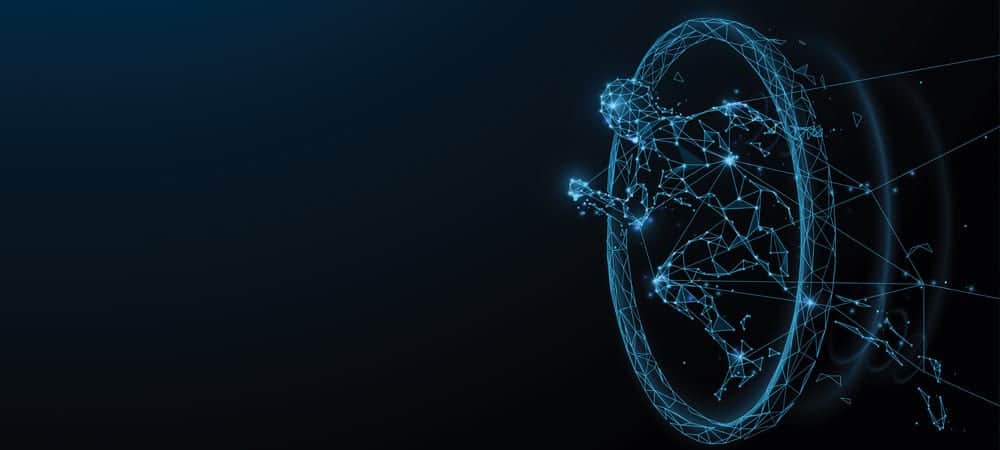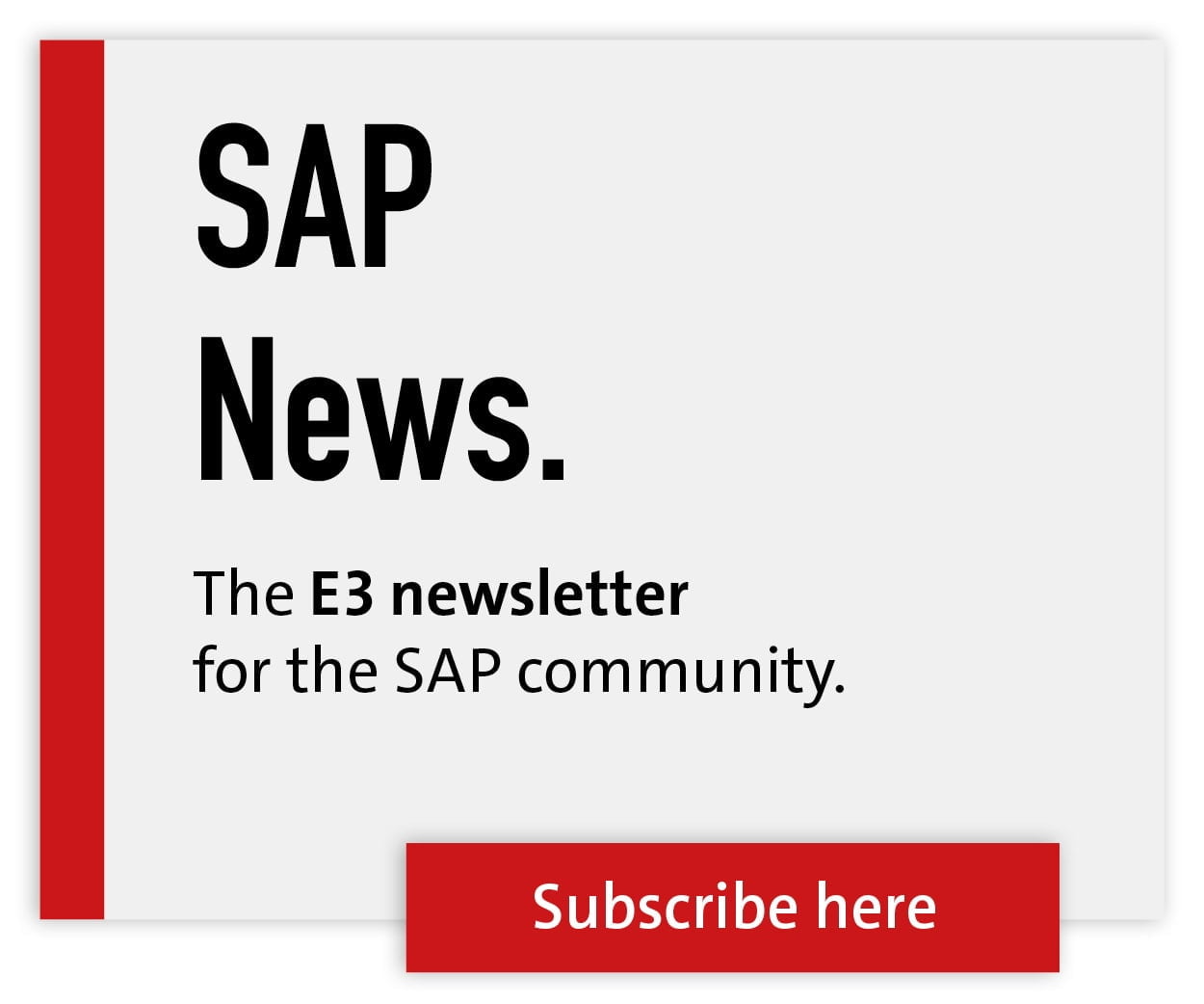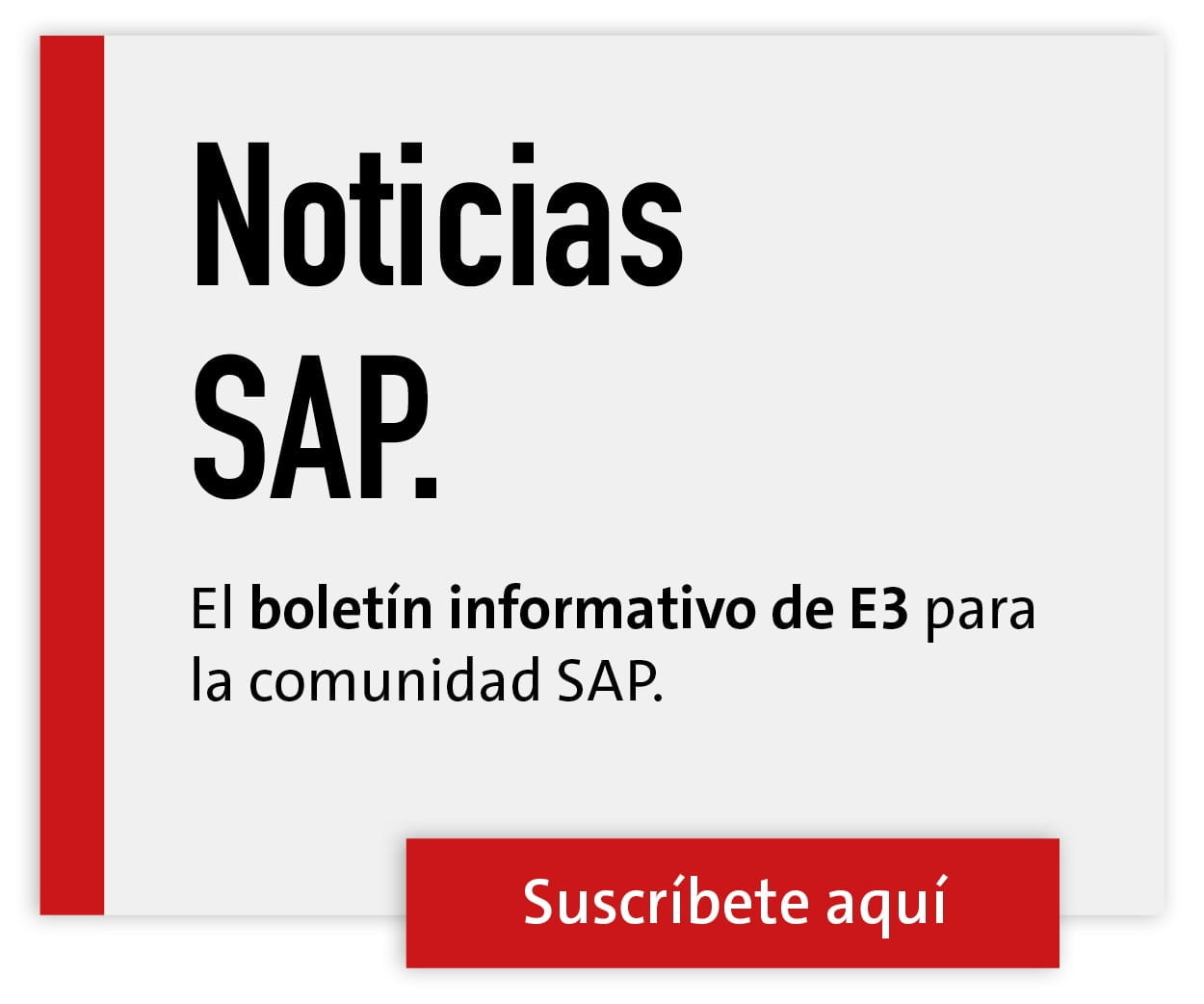Technology Intelligence and SAP Licenses


But the term "technology intelligence" also refers to a trend that SAP managers should keep in mind. Applied to an existing SAP customer, this activity not only means evaluating foreseeable technology trends in the enterprise software market and aligning planning with them, but also consistently using currently available technologies to optimize the company's own IT operations.
Like the proverbial cobbler who wears even the worst shoes, IT departments unfortunately all too often fail to use the IT tools available on the market to achieve their goals. In a typical SAP operation, often neither hardware nor personnel costs make up the largest single financial item - it is the SAP license costs. This trend will even increase as more and more functions are moved to the cloud.
Today, however, a large number of on-premises SAP systems still exist. And the license costs at SAP are made up of the costs for named users and engines (officially also called packages) plus the costs of indirect use of the SAP systems. The use of a suitable tool can quickly pay for itself here.
SAP managers should regularly ask themselves whether there are any "dead" user accounts hidden in their system that cause license costs but are not (or no longer) used. Unfortunately, experience shows that despite seemingly fully implemented and documented internal processes, it has not been possible to eliminate these users. Unfortunately, it is also not uncommon for a user to be incorrectly classified.
The enormous price difference between the license types and the complicated determination of the actual use of the system by a user harbor considerable potential for savings on the one hand - on the other, a high risk due to non-compliance with the license conditions. The annual SAP system survey also offers potential for using available resources more effectively and avoiding hectic processes and the resulting poor results.
This also protects against unpleasant surprises regarding indirect usage, because with Digital Access, SAP will eventually ask every customer about this. Tools also support the planning of an S/4 Hana migration by providing information on the use of current SAP components and licenses.
But not only the one-time, also the long-term use of such a tool makes sense. In addition to the considerable time saved in preparing and carrying out the system survey, without continuous monitoring and countermeasures with the help of a specialized tool, the condition will rapidly deteriorate: SAP users will leave, new ones will be hired and existing ones will change tasks and activities. SAP functionalities are added or decommissioned, parts of the company are sold, shut down or purchased.
Without constant monitoring, this leads to a creeping loss of control and unknown risks the next time the SAP audit department encounters the system. It's a bit like the harbor in the author's hometown of Hamburg: If it is not dredged regularly, siltation occurs - and the harbor would have to cease operations at some point.
One often hears the argument that SAP already provides the LAW and USMM measurement programs. Why would you need to use additional tools? This argument can be easily refuted by taking a detailed look at the capabilities of the software. The SAP surveying programs simply do not provide the necessary depth of analysis and automation capabilities that a good technology intelligence approach and a software asset management tool provide.
USMM and LAW can only answer the question of the actual state. But only very limited whether this is also the right state. And not the "Why?" and not the "How do I get to the right and optimal state?". For the sake of brevity, only a fraction of the capabilities of a good tool could be touched upon here.
For example, one can also help manage SAP contracts, perform compliance analysis, cost allocations, automatically warn when certain license balances are exceeded, and much more. All of this then goes far beyond what the SAP measurement programs allow. However, it is very important not only to be able to monitor the SAP environment, but also to be able to manage it well, especially in view of the complexity of the SAP license structure.







